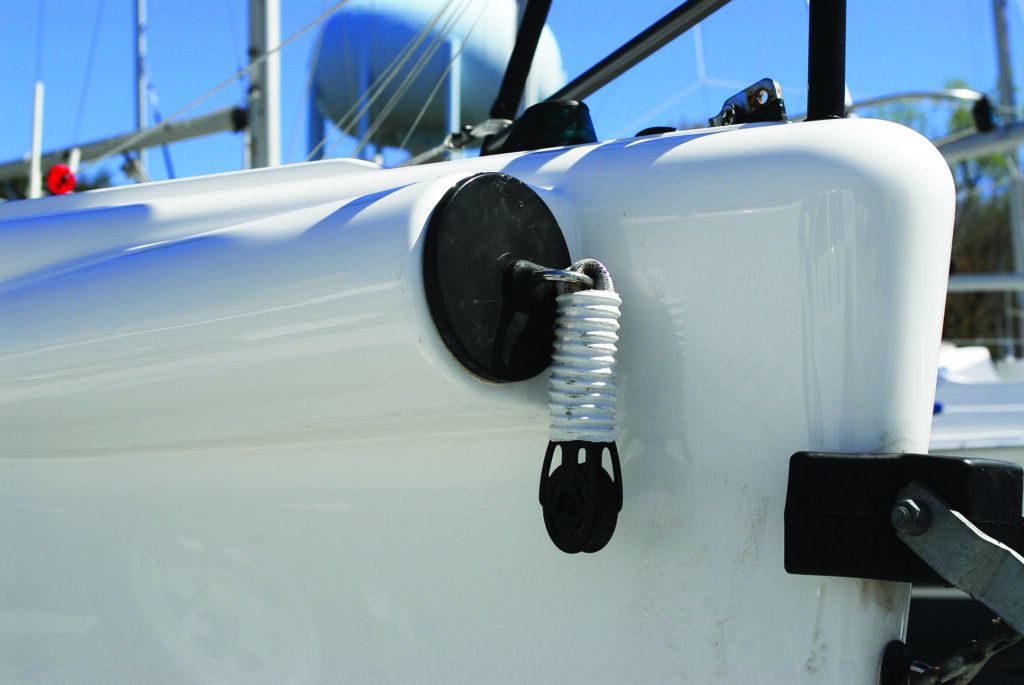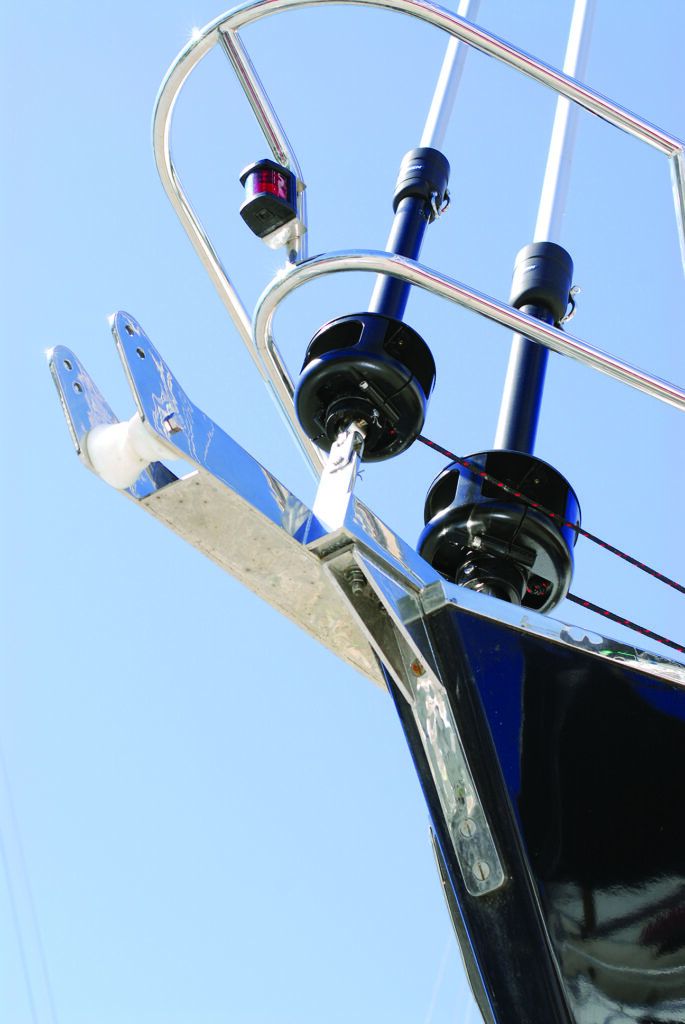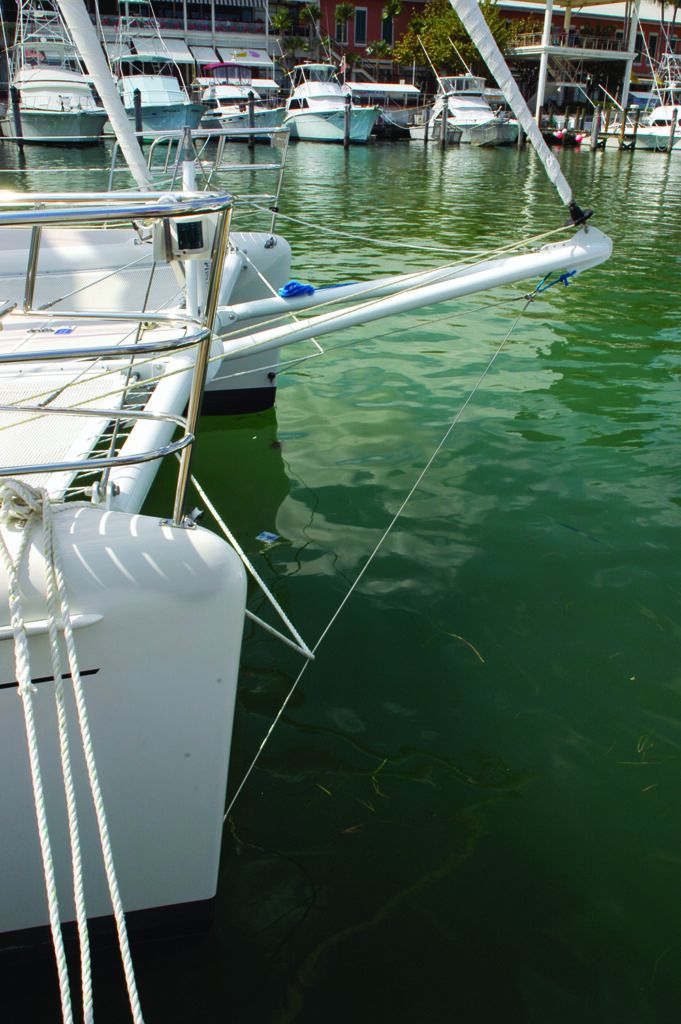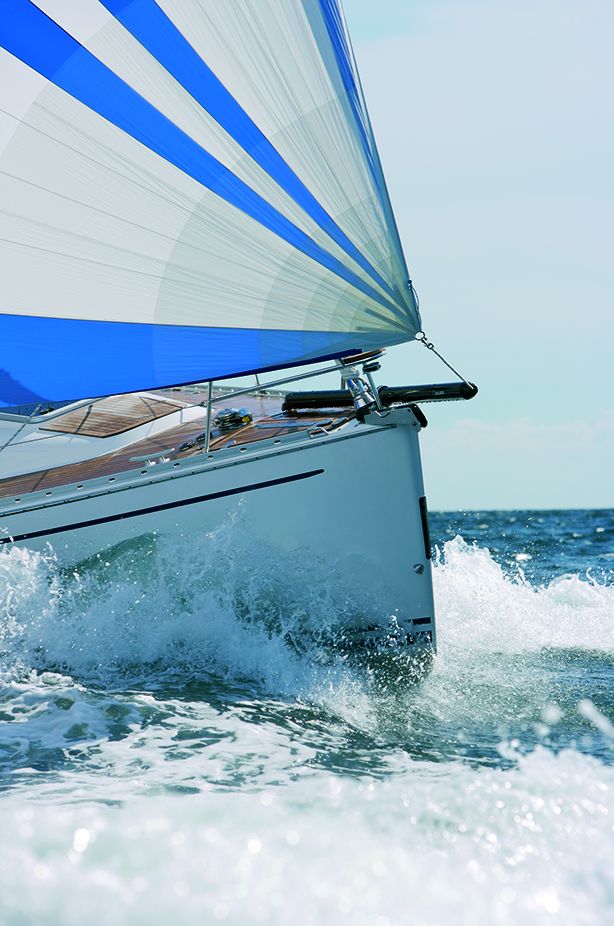In the upcoming May 2021 issue of Practical Sailor (which will be online soon), lifelong multihull sailor Drew Frye describes how the effectiveness of light air sails can vary widely depending on the type of multihull. Among of the questions he addresses is the appropriate length for a sprit in order for it to be effective.
Frye’s report builds upon a previous Practical Sailor comparison of after-market bowsprits, a comprehensive comparison of current off-the-shelf sprits written by editor-at-large Ralph Naranjo. The following is a photo essay that accompanied that report. If this topic interests you, I encourage you out the full report — especially the links at the bottom, including the off-the-shelf bowsprit value guide. We also have a report on building your own bowsprit that will appeal to the ambitious shipwright. All of these extensions have become popular thanks to success of asymmetrical spinnakers, made even easier to use thanks to the use of top-down furlers, which we explored in our top-down-furler test.
As the photos and captions below illustrate, many of the common sprit solutions introduce their own unique problems. Nevertheless, a well-designed and engineered mini-sprit can simplify setting a light air cruising spinnaker.
A salty Kiwi named Ross Norgrove once said that the most important tool for the owner of a wooden yawl adorned with a bowsprit is a sharp ax. To some degree, his witty comment holds true for contemporary sailors contemplating a mini-bowsprit.

1. Cruising sailors who revel in the light-air potential of retractable carbon sprits may be less enthusiastic about the leaks that race boat crews have come to live with. Retractable sprits are hard to keep watertight.

2. Many designers have started adding a bow-roller “snout” that can also handle a gennaker. Unfortunately, it takes some true artistry to design a flattering dual-purpose appendage. If you go this route, it’s important to keep in mind that anchoring loads are downward and tack loads pull upward. Providing inadequate support in either direction can lead to failures and expensive repairs. This particular arrangement shows a solent rig, in which two forestays are fixed closely on the deck and at the masthead in a way that usually requires no additional backstays or runners. If you are interested in learning more about a solent stay, and how they are used, check out my previous blog post, which includes multiple links on the topic of adding a solent stay on a cruising boat.

3. Custom tube fabricators are able to create exceptionally strong and aesthetically appealing structures for catamarans or monohulls, but due to the amount of custom fabrication involved, such an arrangement can run thousands of dollars.
All of these potential extensions have a downside that can be measured by degree. Extra appendages add up to more care when maneuvering and the challenge of more bits and pieces to go wrong. And if things do go wrong, an ax might not solve your problem.
For an in-depth report on light air sails, furlers, sprits, and sail-handling our ebook on sails A Look at Sails: The Complete Series, has got you covered with an organized and updated anthology of all we’ve reported recently on this topic. Or you can buy only second volume, A Look At Sails, Vol. 2: Headsails & Furling Gear, a volume that anthologizes our reports that only deal with light-air sails and associated gear.




































